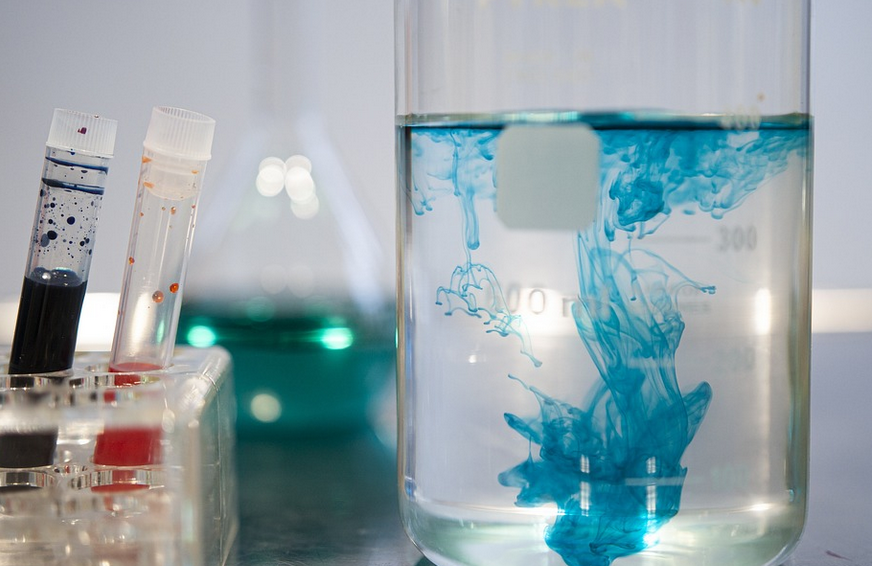Introduction
When it comes to chemical reactions, the combination of HCL and ammonia is one of the most widely studied. This reaction is known for its importance in various industrial processes, including the production of fertilizers, dyes, and pharmaceuticals. In this article, we’ll take a closer look at the HCL and ammonia reaction, explaining what it is, how it works, and its various applications.
What is the HCL and Ammonia Reaction?
The HCL and ammonia reaction is a chemical reaction that occurs when hydrochloric acid (HCL) and ammonia (NH3) are mixed together. The reaction results in the formation of ammonium chloride (NH4Cl), a white crystalline salt that is highly soluble in water. The chemical equation for this reaction is as follows: HCL + NH3 → NH4Cl
How Does the Reaction Work?
The HCL and ammonia reaction is an acid-base reaction. HCL is a strong acid, while ammonia is a weak base. When the two substances are mixed together, the HCL donates a proton (H+) to the ammonia, forming ammonium ions (NH4+). These ions then combine with chloride ions (Cl-) to form ammonium chloride (NH4Cl).
Applications of the HCL and Ammonia Reaction
The HCL and ammonia reaction has a wide range of applications in various industries. One of the most significant applications is in the production of fertilizers. Ammonium chloride, which is formed as a result of the reaction, is a key component in many fertilizers. The reaction is also used in the production of dyes, where ammonium chloride is used as a mordant to help fix the color to the fabric. Another application of the HCL and ammonia reaction is in the production of pharmaceuticals. Ammonium chloride is used as a stabilizing agent in many drugs, helping to ensure their effectiveness and safety. The reaction is also used in the manufacturing of cleaning products, where ammonium chloride is used as a disinfectant and cleaning agent.
Precautions
While the HCL and ammonia reaction has many useful applications, it’s important to handle these chemicals with care. Both HCL and ammonia are highly corrosive and can cause severe burns if they come into contact with skin or eyes. It’s essential to wear protective equipment, including gloves and safety glasses, when handling these substances.
Conclusion
In conclusion, the HCL and ammonia reaction is an essential chemical reaction with numerous applications in various industries. Understanding how the reaction works and its applications is crucial for those working in fields such as agriculture, pharmaceuticals, and manufacturing. By handling these chemicals with care and following proper safety protocols, we can continue to use this reaction to improve our lives and the world we live in.

